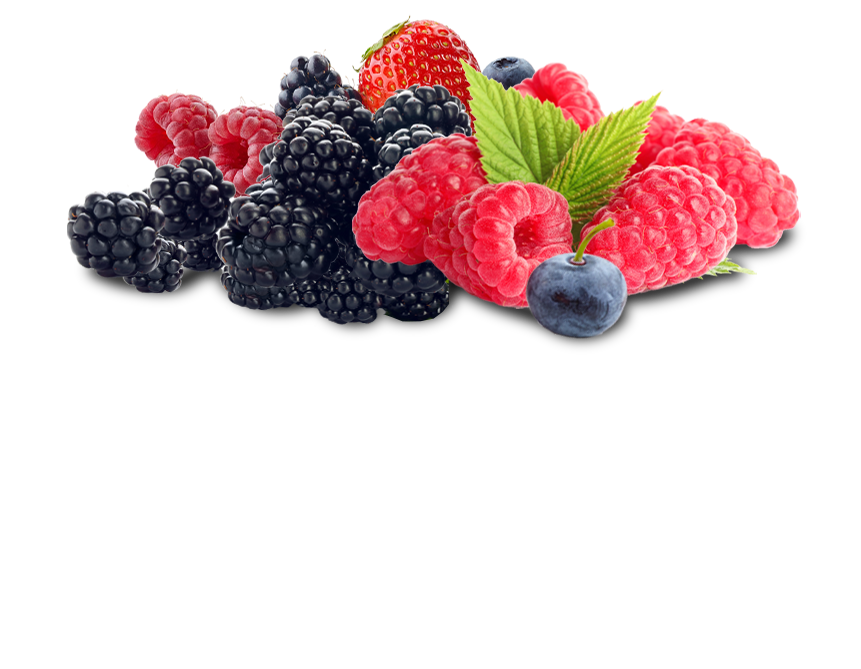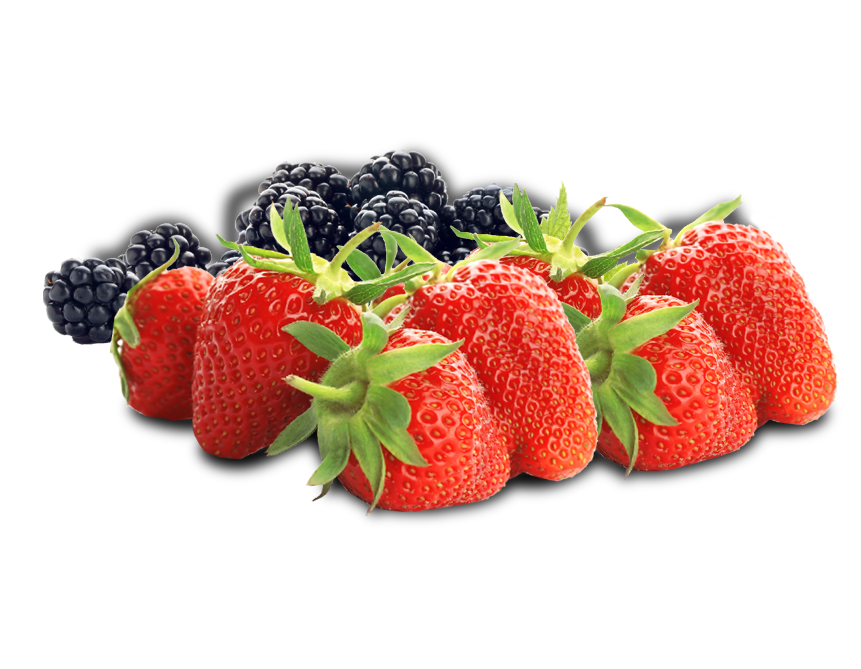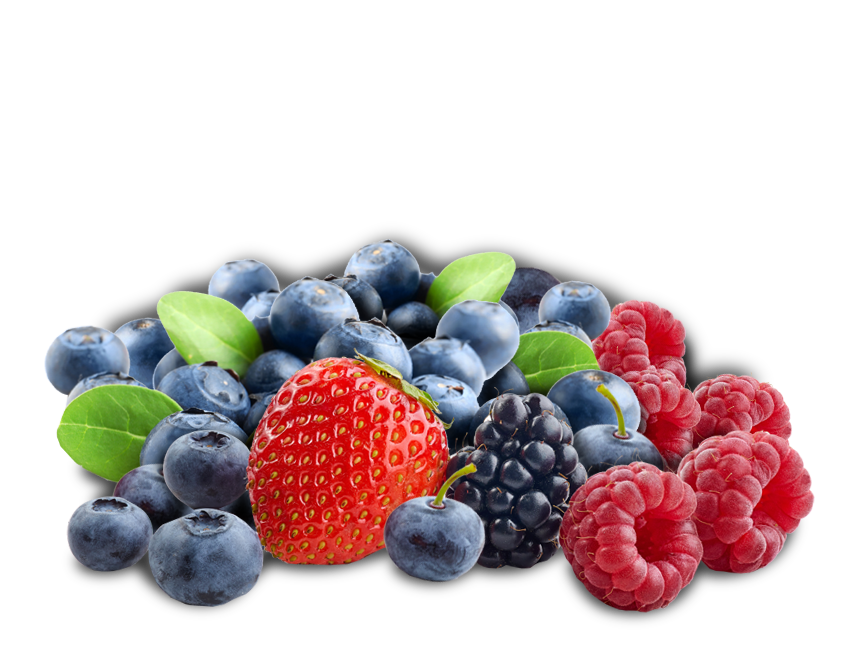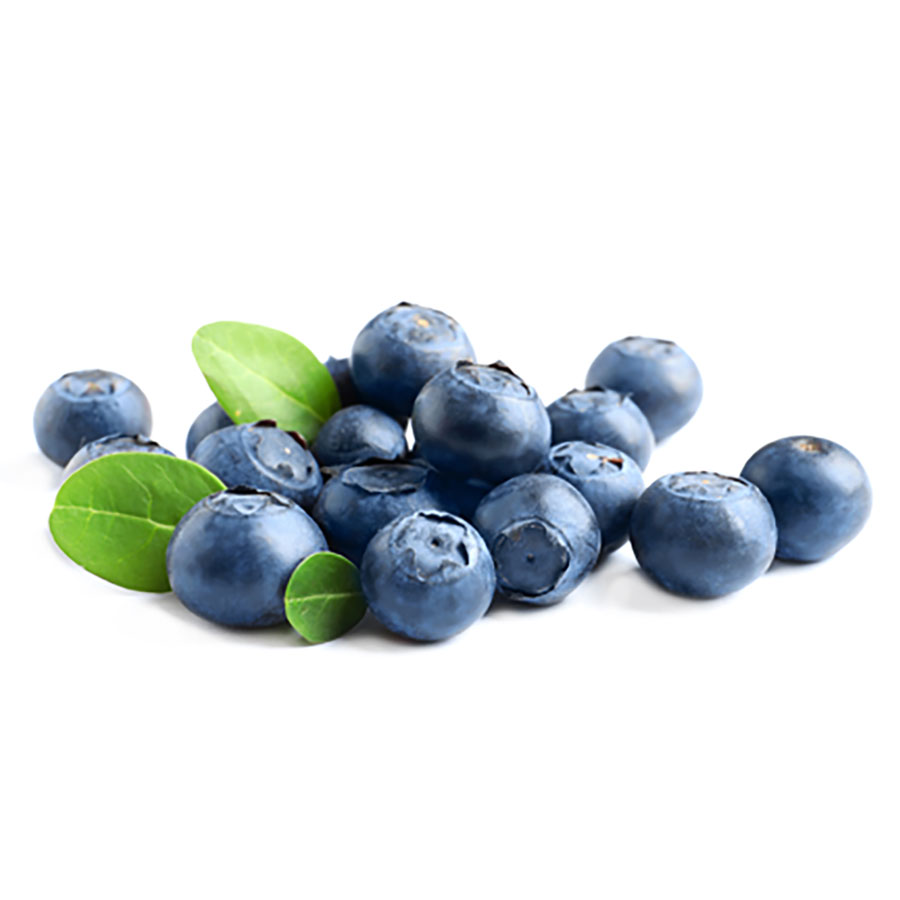


Berries
These bite-sized snacks are packed with flavor and vitamins. Grab a handful of nature’s candy or sprinkle them into a classic recipe.
Between our import program and our domestic position, Kopke offers a high-quality blueberry program for ten months a year.
Berries
Blueberries
Cultivated fresh Blueberries are the variety usually found in the grocery store. Blueberries selected should be firm, plump, nourished berries in dry, unstained containers. The berries themselves should be free of moisture as moisture accelerates decay. Color is the best indicator of blueberry maturity and fully developed flavor, so avoid blueberries that are green, and thus immature. Blueberries should be a deep, purple-blue to blue-black color with a whitish, dusty looking skin. They should be round and marble-sized. Reddish berries are not ripe, but may be used in cooking.

Product Availability
Berries

Country of Origin
May
Jun
Jul
Aug
Sept
Oct
Nov
Dec
Jan
Feb
Mar
Apr
Blueberries
Chile, Peru
